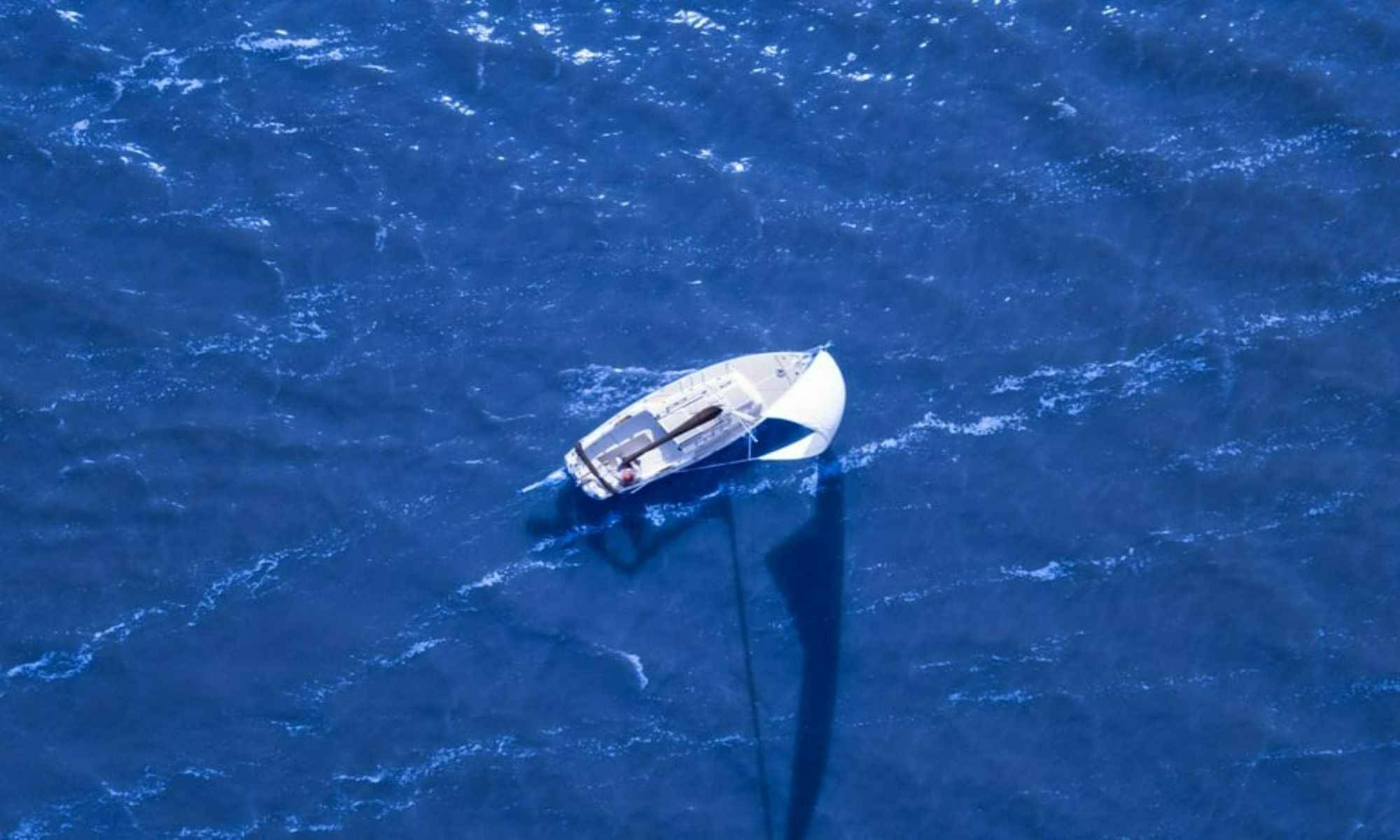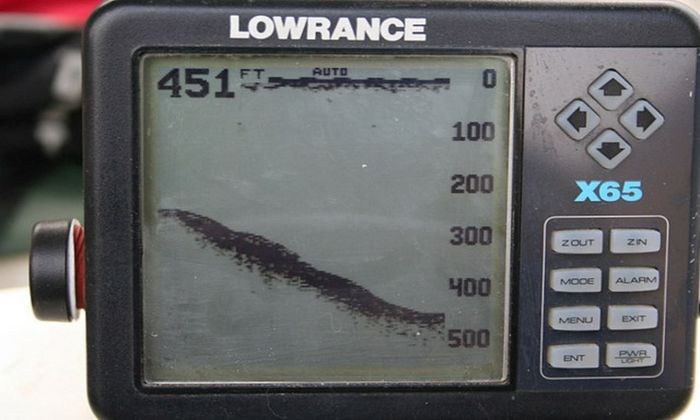Using Electronics to Find Fish
Feeling lost in a new lake? Or frustrated about being stood up by a local fish guide? Stop your search and new to fishing, try electronic fishing.

As fishing is one of the oldest sports globally, it has changed due to innovations in technology. This is especially true because the sport relies heavily on the gear. Lighter gear, breathable fishing waders, and inexpensive yet realistic lures are just some of the beneficial things when fishing. Probably one of the most important pieces of equipment, at least in terms of pushing the sport of fishing forward, has been fishing finders.
Fish Finders: Everything You Need To Know

A Brief History on Electronic Fish Finders
At its earliest form, the electronic fish finder was first sold commercially in Nagasaki, Japan, by the Furuno brothers in 1948. It played with the idea that air bubbles reflecting sound meant that a school of fish was just underneath it. Almost a decade later, in 1957, American manufacturing company Lowrance would debut its FISH LO-K-TOR. Electronic fish finders would get even more advanced and assimilated other technologies like television displays and the now-standard GPS through the years. One of the most significant turning points in fish finding technology was Hummingbird’s Side Imaging technology, which showed how deep a water body could be and its surrounding vegetation. Everything left, and right of the boat can now be seen clearer than any other device has ever shown before
Manufacturing company Garmin built upon that technology in 2015 when they first introduced real-time sonars, devices that could send video feeds of what’s happening underwater in real-time.

In parallel to the more expensive electronic fish, finders are ones that can be used in tandem with smartphones. Since the smartphone boom of the later 2000s, fish-finding device manufacturers have seen the need to introduce their technology to more accessible means. Many of today’s more affordable versions are WIFI-installed devices that can send image feedback directly to an angler’s smartphone, cutting costs while still being just as effective.
Today, these electronic devices are an irreplaceable part of every angler’s equipment. It’s more accessible due to its cost and can come in a variety of models and offerings. However, these devices, especially when paired up with smartphones, can be quite tricky to use for many aging anglers. Here are some tips, guides on how to use a modern-day fish finding device, as well as things to look out for when buying them
Things to Look Out for When Buying an Electronic Fish Finder
Since its conceptualization during the early 20th century, fish finders have always been just about that, devices used to find fish. Many manufacturers have placed their own spin on improving their devices and one-upping the competition throughout the years. Today, there are many things to look for when selecting it: material, screen features, and of course, the maximum depth and angle width a sonar can see into.
The material explains enough as being out in open waters. Anything brought out onto the water, especially when fishing in the open sea, must be sturdy and highly resistant to corrosion. The transducer, the one responsible for relaying the information seen by the sonar to an angler’s screen, should also be compatible with the material of the boat an angler is in.
Although often overlooked, having a colored screen is definitely helpful when out fishing. Properly discerning what’s on the finder is very important and saves a lot of time. It is up to the angler to decide if a cheaper black and whiter version are better than the more expensive colored finder. In that sense, screen resolution can also come into play. The clearer the device gets, the more expensive it will be.
Knowing how powerful the device’s sonar can make a huge difference when on a budget. For anglers searching in shallow waters, maybe spending a pretty penny on the most advanced deep-diving hardware is overkill. Getting a device that does what it needs to will save a lot of money in the long run. Power is also a good factor when buying a finder as depending on its power consumption, its sonar’s range can go farther.

Setting Adjustments
With all the sonar options found in the settings, it can be a lot to take in, especially for someone buying the device for the first time. Some of the setting options anglers have to look out for include zoom, sensitivity, range, frequency, brightness, and colors used.
Colors and brightness are self-explanatory, while sensitivity and frequency adjust the image quality seen by the device. Take note that higher frequencies lower the sonar’s range. Low frequencies are best used in deeper waters. In general, finding a happy medium between seeing things visibility on the screen while still capturing enough sonar feed is what every angler should try to look for. Zoom functions are also great when paired with a wide range setting as the device can zoom into specific points of interest.
When looking at the device’s screen, anglers may be a bit overwhelmed. Looks can be deceiving, however, as it’s actually quite simple. Arch-shaped boomerangs found on the screen are most likely fish, while vertical lines at the bottom may indicate debris like trees, a wreck, or reefs. Remember that an unmoving boat with unmoving fish underneath will barely register on the fish finder. Larger fish look more prominent on-screen but be wary when using the zoom function as it can be misleading. Fish finders are also very sensitive to movement, and even the slightest movement from the boat can affect its readings.
Of course, as simple as this article makes it out to be, being out there in the open waters is a very different experience. A fish finder isn’t an end-all-be-all solution for all the angler’s fishing needs. Having the experience of knowing where fish hide or which time of day they’re most active within a specific body of water is the most important thing of all.



